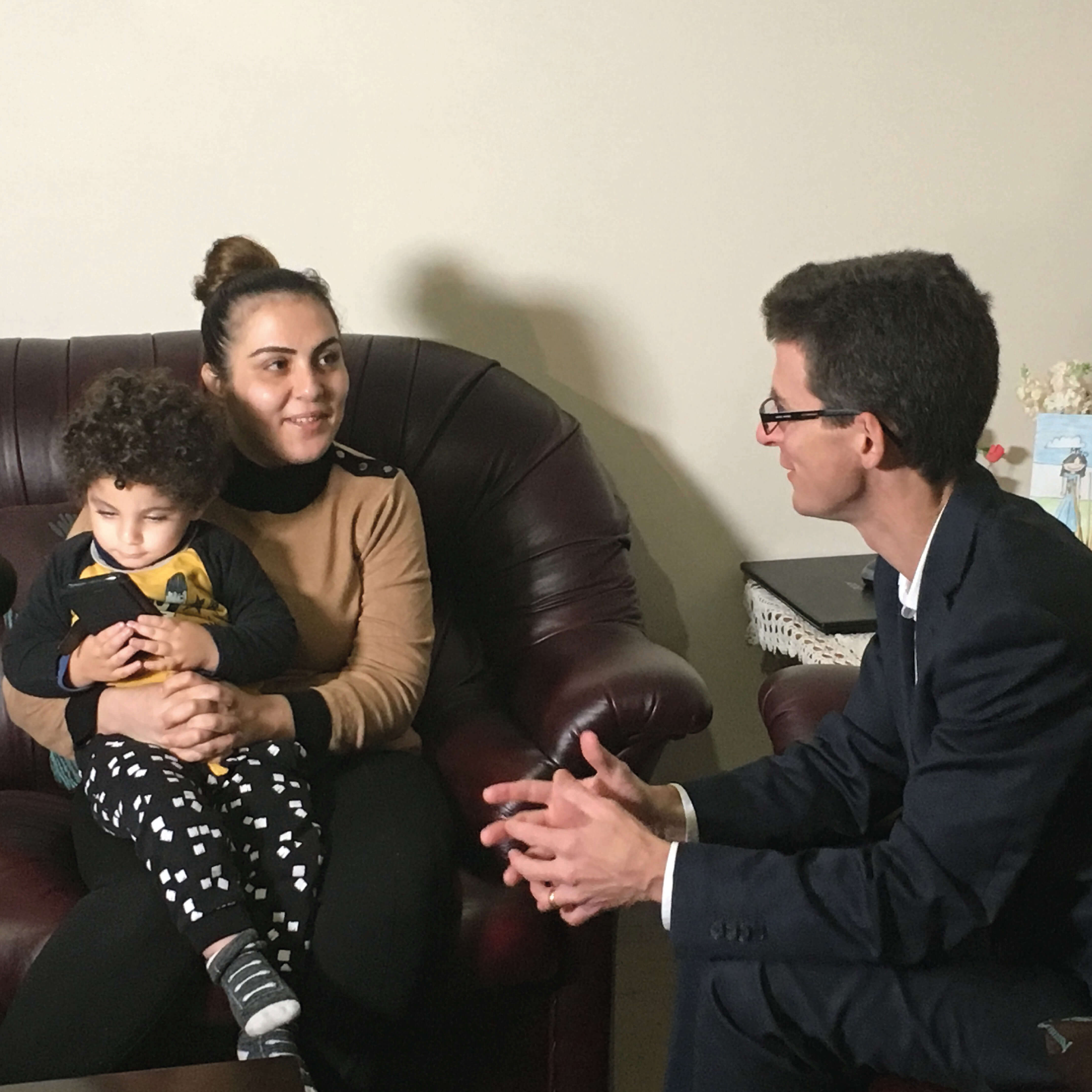Search

News & Events
The Kids Research Institute Australia researchers share in TPCHRF fundingEight The Kids Research Institute Australia researchers are among those who have received grant funding from the Telethon-Perth Children’s Hospital Research Fund (TPCHRF).

News & Events
WA parents oblivious to true danger of the fluPerth parents are underestimating the serious consequences of the flu, with only 19 per cent of children under five years of age currently immunized against the virus ahead of the peak winter flu season.
Research
Nudging towards COVID-19 and influenza vaccination uptake in medically at-risk children: EPIC study protocol of randomised controlled trials in Australian paediatric outpatient clinicsChildren with chronic medical diseases are at an unacceptable risk of hospitalisation and death from influenza and SARS-CoV-2 infections. Over the past two decades, behavioural scientists have learnt how to design non-coercive 'nudge' interventions to encourage positive health behaviours. Our study aims to evaluate the impact of multicomponent nudge interventions on the uptake of COVID-19 and influenza vaccines in medically at-risk children.
Research
Characterization of invasive Group B Streptococcus isolates from Western Australian infants, 2004-2020Invasive Group B Streptococcus remains a leading cause of infant morbidity and mortality. Intrapartum antibiotic prophylaxis has been implemented in many countries with a reduction in early-onset disease, but an effective vaccine may further reduce the disease burden. Candidate vaccines targeting capsular polysaccharides and surface proteins are now in clinical trials.
Research
Duration of protection after first dose of acellular pertussis vaccine in infantsWithout a booster dose, the effectiveness of 3 doses waned more rapidly from 2 to 4 years of age than previously documented for children >6 years of age who...
Research
Characterization of a G1P[8] rotavirus causing an outbreak of gastroenteritis in the Northern Territory, Australia, in the vaccine eraIn 2010, a large outbreak of rotavirus gastroenteritis occurred in the Alice Springs region of the Northern Territory, Australia.
Research
Impact of CD14 promoter variants on measles vaccine responses and vaccine failure in children from Australia and MozambiqueHost genetics are likely to play a crucial role, particularly variants that alter key innate immune response genes.
Research
Safety surveillance of influenza vaccine in pregnant womenVaccination is the most effective strategy for preventing influenza infection in pregnancy.
Research
Immunogenicity and safety of measles-mumps-rubella and varicella vaccines coadministeredA pooled analysis was conducted of 1,257 toddlers who received a fourth dose of Haemophilus influenzae type b- Neisseria meningitidis serogroups C and...
Research
CD46 measles virus receptor polymorphisms influence receptor protein expressionDespite the availability of measles vaccines, infants continue to die from measles. Measles vaccine responses vary between individuals, and poor...
